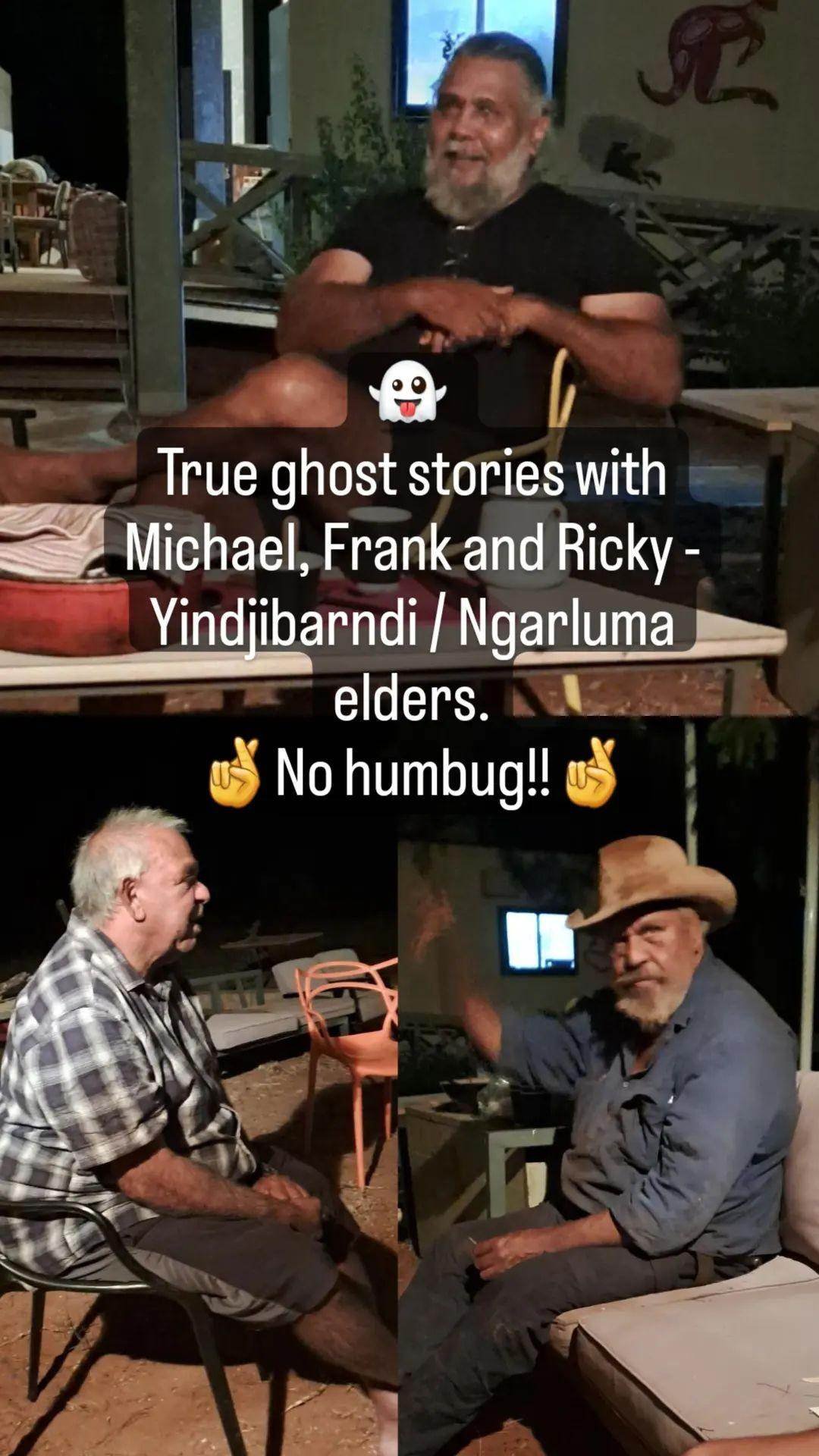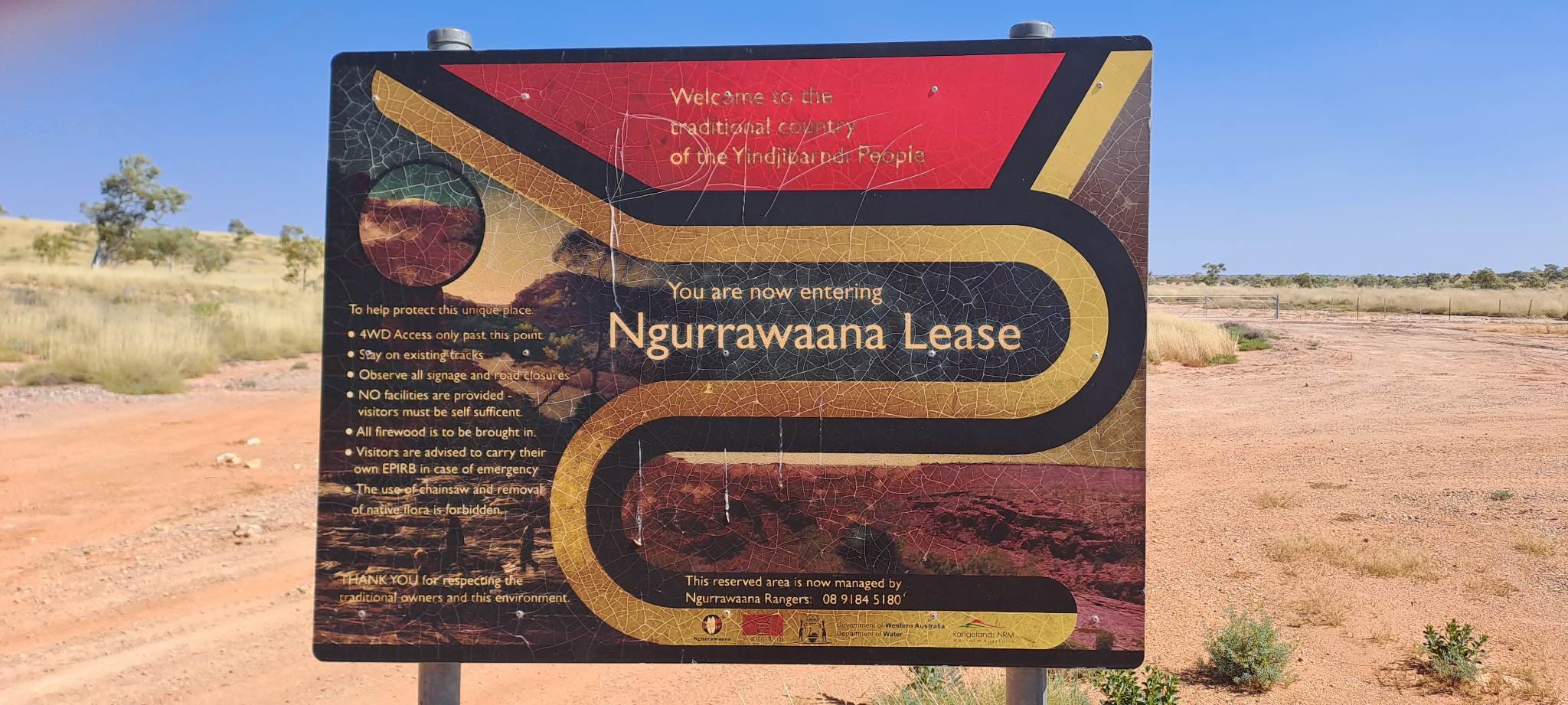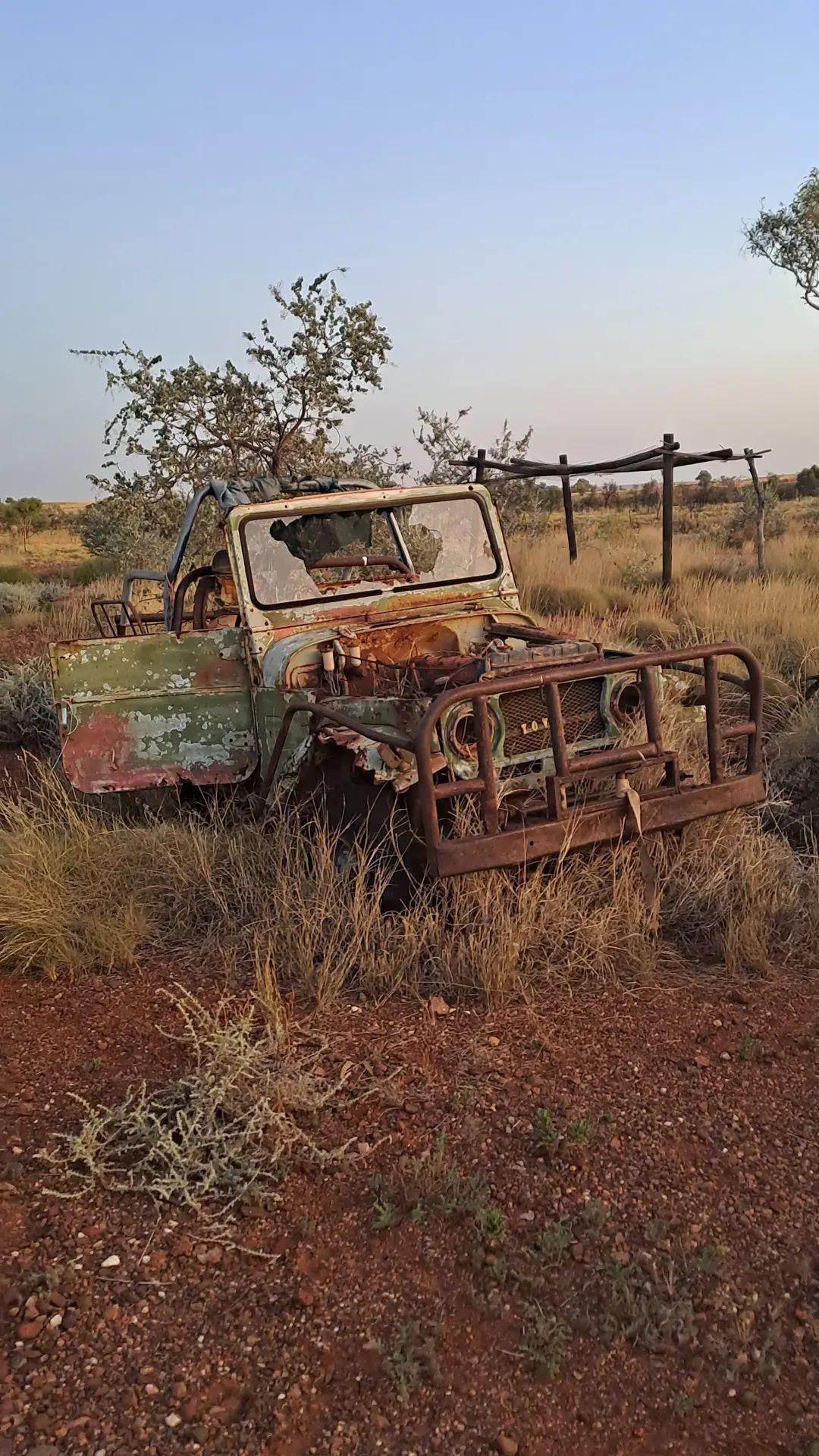Rural Utopias Residency: Nathan Gray in Ieramagadu / Roebourne #4
Nathan Gray is currently working with Juluwarlu Aboriginal Corporation and Ngaaarda Media in Ieramagadu / Roebourne. This residency forms part of one of Spaced’s current programs, Rural Utopias.
Nathan Gray is an accomplished Berlin-based sound artist, programmer and broadcaster whose practice is an interdisciplinary one that crosses over into film, video, performance and installation. Gray's recent, meticulously written lecture performances explore historical, technological and social circumstances imagining them as scores for possible futures, alternate histories and radically divergent presents. Often employing sound and video, in which his background lies, these evocative works invite audiences to imagine futures beyond contemporary crises.
Here, Nathan shares some of the stories that inform his upcoming work developed with Yindjibarndi elders and cultural practitioners.
In Yindjibarndi culture there’s a spirit or perhaps a cryptid (a creature whose existence is disputed or unsubstantiated by science) called Marlaangu. Playful, mysterious and sometimes terrifying – everyone has a story about Juju (old man) Marlaangu.
My project for Spaced is based around stories of this mysterious character so Juluwarlu Aboriginal Corporation – Lorraine Coppin arranged for me to chat about him with two stockmen Frank and Ricky Smith who’ve been living at Ngurrawana for the last few decades.
Ngurrawana is the only independent outstation on Yindjibarndi Ngurra (country) – the majority of the population live in Roebourne on Ngarluma land where they were forced to move in the early part of the 20th Century. In recent years, however, a new wave of people have started moving back to ngurra and now Juluwarlu is relocating its art centre there.
Around a campfire (where else?) Frank, Ricky and Yindjibarndi Aboriginal Corporation chairman Michael Woodley regaled me with almost three hours of stories and sightings, when I commented about the amount of stories, Michael told me “Yeah and they’re all true”
So who or what is Marlaangu? The first thing you should know about Marlaangu is that his appearance is not fixed, some say there are several different types and some say there’s only one and he can change his shape. In some stories he’s a little man with a big dark beard and red eyes, in others he’s as Frank puts it “like a monkey or a bigfoot” and in others he’s tall, thin and covered in white fur.
Marlaangu likes to be in the dark but nearby to Yindjibarndi people (I’ve heard that morphologically his name derives from the Yindjibarndi word for shade). He checks that the right people are on country, likes to play with kids, is attracted to campfires, groups of people and food but if he thinks something is wrong he can scare you or even punish you. He belongs to the place.
Frank told a story in which a father came home with a cake, put it on the kitchen table and when he came back, there was a large handful taken out of it. His son was sleeping in the other room and when he asked the boy if he’d done it, he said that a man had come and offered him cake. When asked where the man had gone the boy had pointed to a cupboard and said “in there”.
Marlaangu’s love of darkness and food is well known, he lived in the dark woolsheds in the station era (when Yindjibarndi were forced to work on cattle stations without pay) he’ll live in abandoned houses and is usually only seen at night or sunset. Later I spoke to some young people about Marlaangu and someone told me that he’d seen a tall white Marlaangu hanging out behind a ghost gum after he’d had a barbecue so he left him a chop. Another story features him stepping through a window, his long leg stretching out over someone in bed so he can raid a fridge.
He can travel in power lines, camouflage himself “like predator” as Ricky puts it and can appear behind you in a mirror, especially if you’re looking at yourself around sunset, a time for calm and quiet.
In his role as protector of the land Marlaangu can be scary. Wimiya Woodley a young law man and producer of the Marlaangu Project once told me about someone who while on country had taken a rock from the Jira, a thalu (or increase site) for native flour. During the night the person had been visited by a short hairy Marlaangu with red eyes who “grabbed” them – paralysing them in their camp bed – so that only their eyes could move while he examined them, looking for the rock. The next morning the rock was returned to the thalu before the sun was even up Wimiya tells me with a laugh.
The spirit of the many Marlaangu stories is like the spirit himself – playful and mischievous, but cautionary and guiding, giving lessons on how to behave on Yindjibarndi Ngurra.
After the stories had ended, Frank and I discussed the possibility of meeting Marlaangu while I camped out at Ngurrawana’s old school. The thought did cross my mind when I woke up in the middle of the night but when I said goodbye in the morning and Ricky asked me “No Humbug?” I was a little disappointed to agree: “Yeah No Humbug”.
Images:
Top - Michael Woodley, Bottom Left - Frank Smith, Bottom Right - Ricky Smith. Telling ghost stories at Ngurrawaana, 2023.
Obligatory outback car wreck photo - Ngurrawaana, 2023
Ngurrawana Lease sign note: the circle inset which depicts the Jira - flour thalu.



